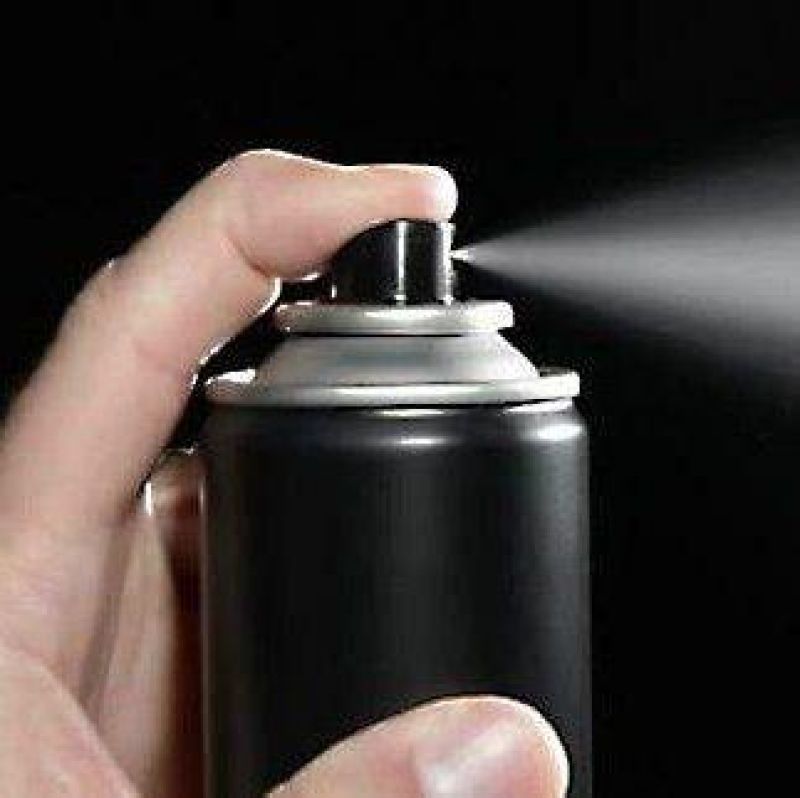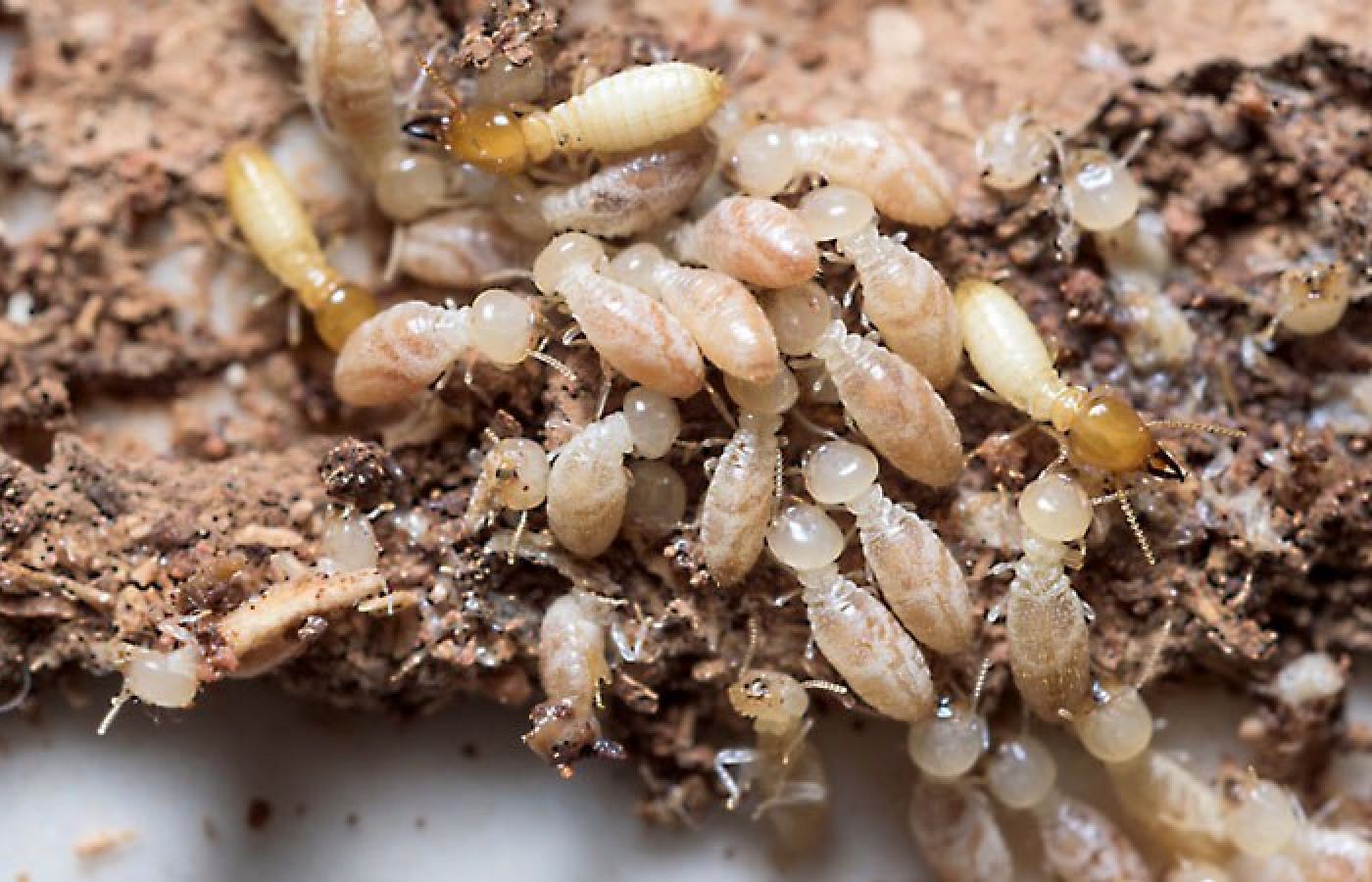
However, there is a widespread misconception that spraying surfaces with pesticides effectively eliminates termite infestations and colonies. Unfortunately, this is simply wrong. Here, we will explain why spraying surfaces for termites does not work and why pesticides do not kill the entire colony. We also outline the four essential steps of our effective termite treatment to provide a better understanding of our process so we can be the David to your termite Goliath.
Why spraying surfaces for termites fails
Limited coverage
Spraying pesticides on surfaces only targets the visible termites but termites live deep within walls, underground, or in hidden spaces. Surface sprays cannot reach the hidden colonies, rendering them ineffective for long-term eradication. A classic case of “outta sight, outta mind”.
Absence of the transfer effect
Pesticides typically used for surface sprays do not possess the transfer effect properties needed for eradicating an entire termite colony. Termites are social insects that live together in large colonies and feed and groom each other, so termites that have been in contact with our pesticide soon pass it on to others. Even those secondarily affected termites can also pass our pesticide on through feeding or contact, particularly whilst they’re high-fiving one another when back at the nest, bragging about how much wood from your house they’ve consumed that day! Surface sprays simply don’t provide this necessary transfer mechanism, allowing the colony to survive and continue causing damage.
Resilience of Termites
Termites have developed adaptive survival mechanisms over the course of their evolution and can detect chemical repellents, allowing them to quickly alter their travel routes to avoid them. Additionally, termites can go into “damage control” mode and close off damaged tunnels to protect the colony and ensure its survival. These resilient characteristics enable the colony to thumb its nose at the surface sprays, hunker down, and continue to thrive until the short-term ineffective spray dissipates.
The four steps of effective termite treatment
1. Carry out a professional termite inspection
A fully trained and qualified professional should conduct a thorough inspection to identify signs of termite activity, entry points, and the extent of the infestation. Technological advancements such as thermal imaging enable accurate detection even in concealed areas.
2. Propose and agree to a termite treatment plan
Based on the inspection results, the termite technician will suggest a suitable treatment plan tailored to the specific circumstances of the property and the nest. This plan may involve more than one method, depending on your situation.
3. Eliminate the termite infestation
Effective termite treatment involves finding destroying the active termite colony. This step often necessitates specialized treatment methods like baiting or foams, which target the colony directly, not just the surface they travel across.
4. Install a termite management system
Once the active termites have been eliminated, installing a termite management system is important to prevent future infestations. This may include liquid termiticide treatments to the soil, termite monitoring and baiting systems, and ongoing monitoring. Ongoing preventive measures like regular termite inspections should be carried out to monitor the progress and effectiveness of the treatment plan.
Hopefully, we’ve explained enough reasons why surface spraying surfaces for termite control does not work. To ensure long-term protection against these destructive pests, our four-step approach to termite treatment is the best plan of attack. However, we can’t stress enough that the best-laid termite treatment plans must always start with a comprehensive and professional termite inspection. After all, you wouldn’t have a broken arm set without first getting an x-ray, would you?
So, contact Spiderman SE if you suspect termites on your property. We’ll bring our slingshots to battle your termite Goliaths.

